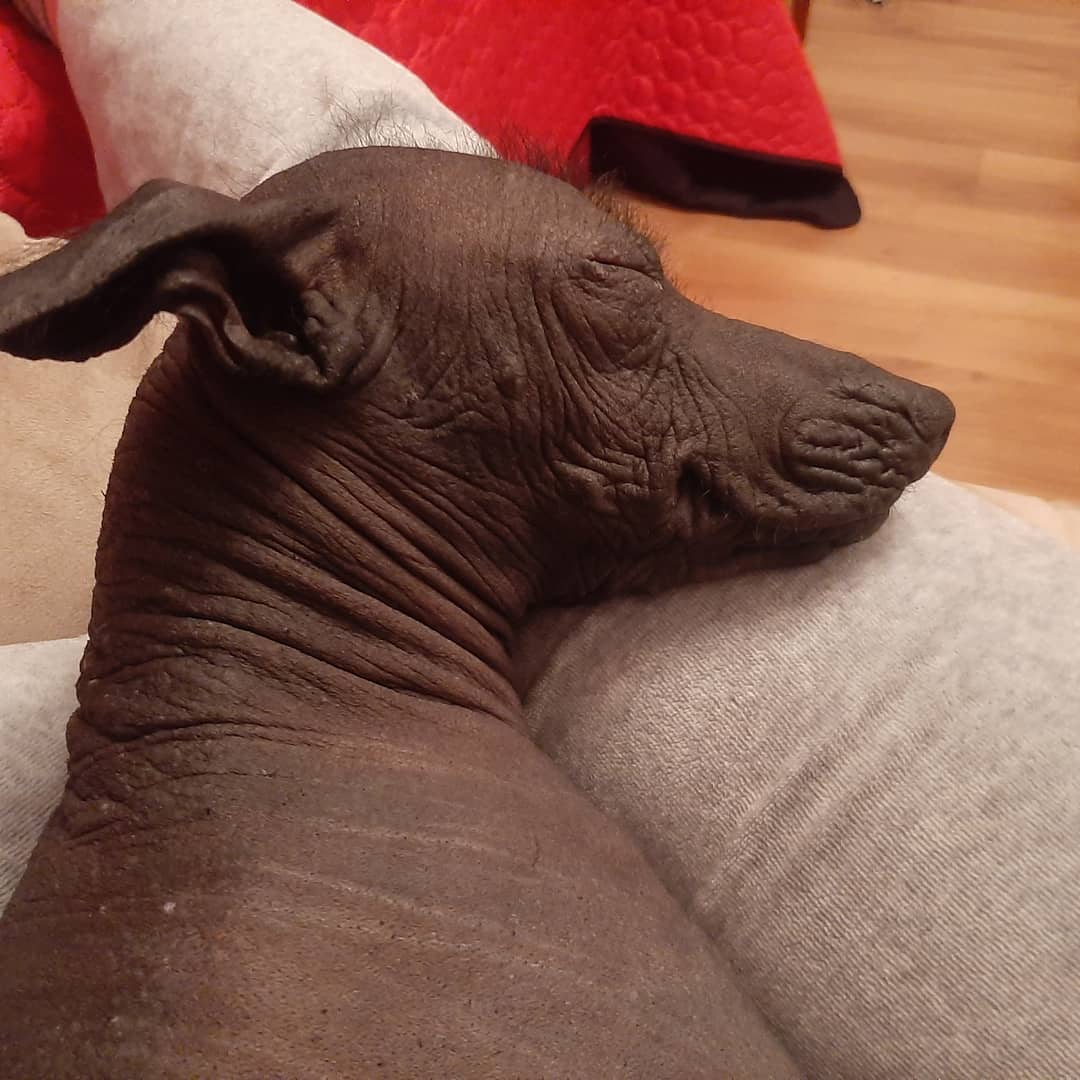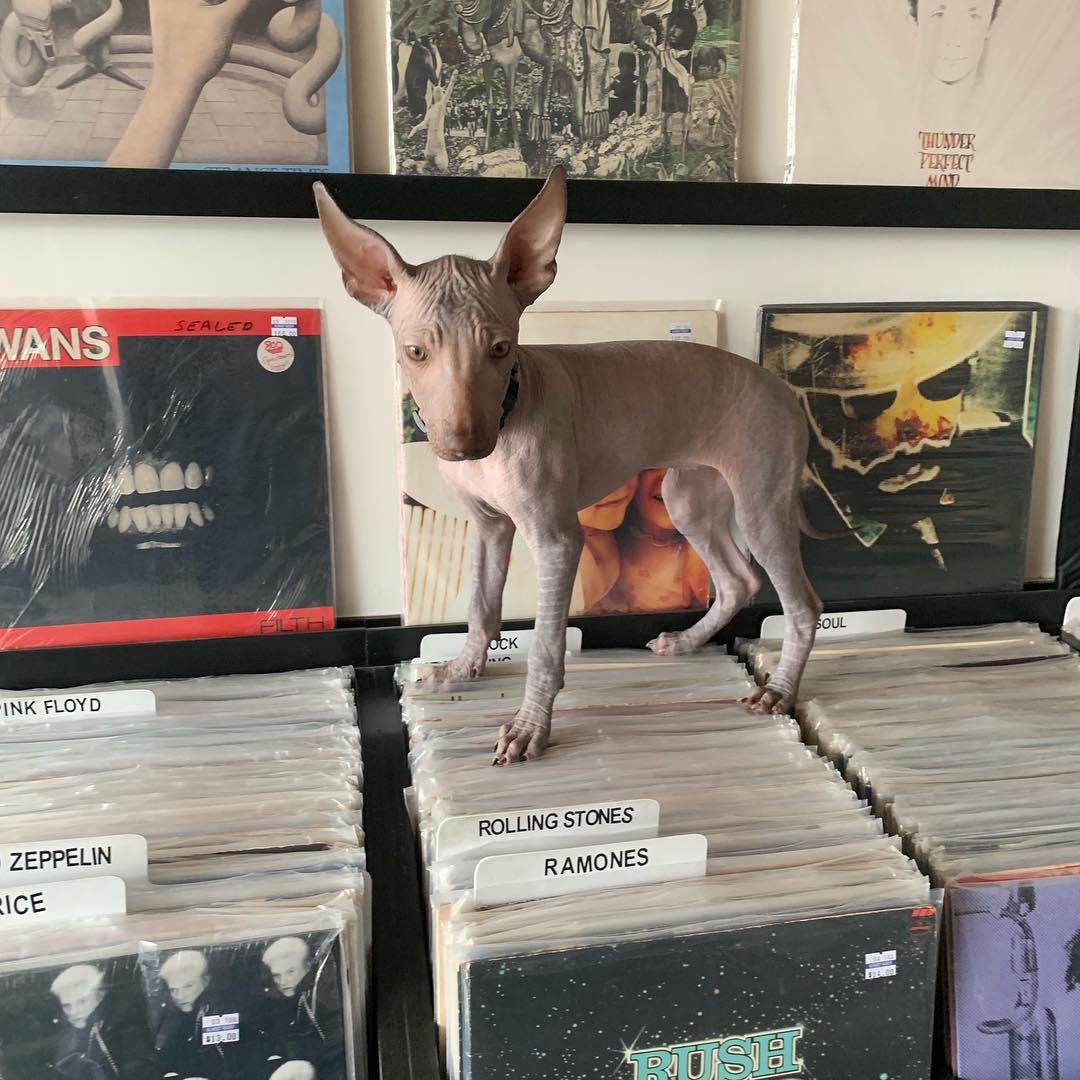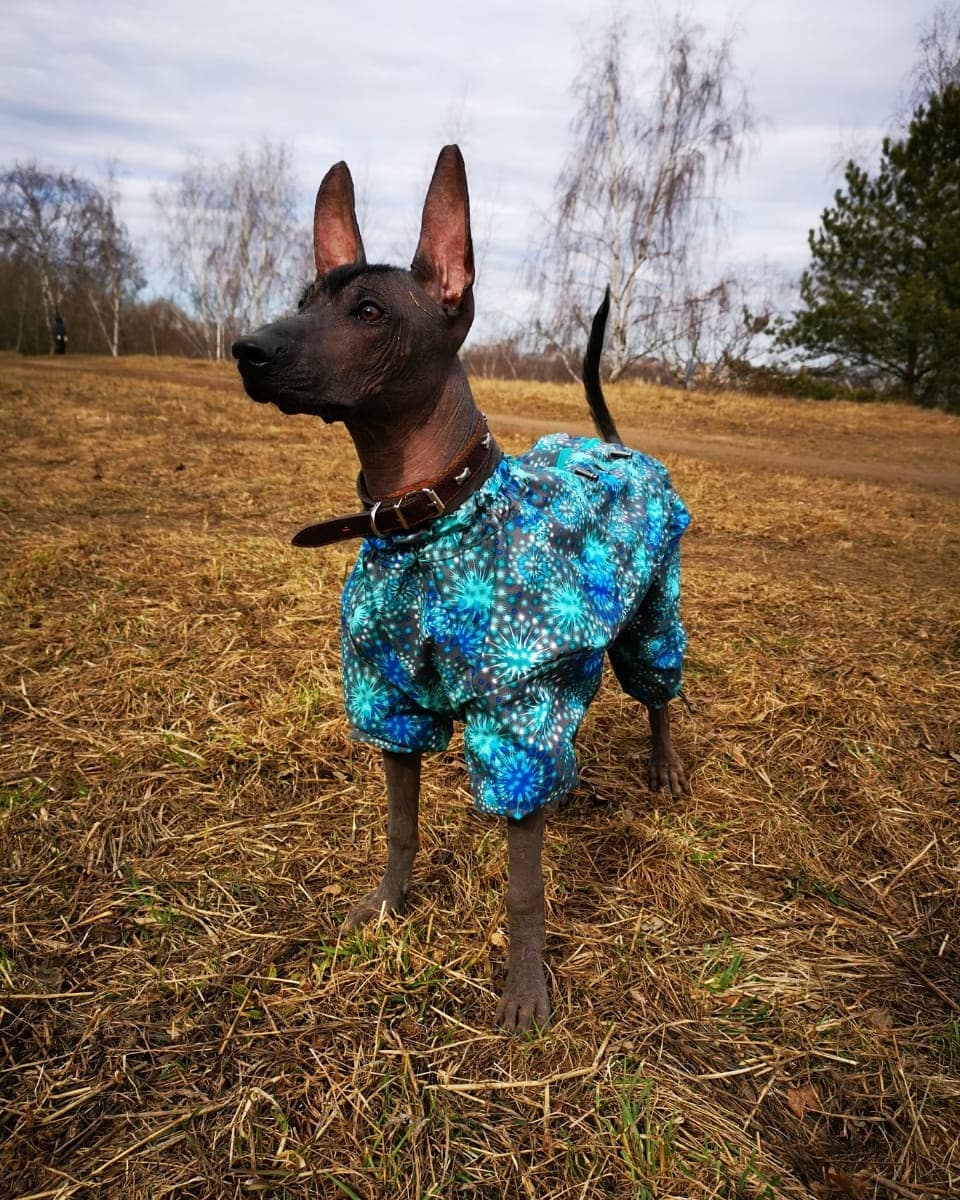#7 The appearance of the conquistadors was a turning point in the history of the breed.

The conquerors considered the New World their property and sought to impose cruel orders on the local residents. The first to fall out of favor was the culture of the descendants of the Aztecs. The conquistadors demanded that the aborigines renounce ancient rituals that contradict civilized European religion. Xoloitzcuintle was ranked among the bright symbols of the outdated way of life and thus signed their death warrant. Dogs were massacred, sometimes for food. By the end of the 16th century, the breed could hardly be called numerous. The animals managed to survive only in some of the remote mountain villages of Mexico.
#8 Xoloitzcuintle re-entered the world stage at the beginning of the 19th century – unfortunately, again as a raw material.

Their skins were used to make leather goods. The unenviable position of hairless dogs changed only by 1850. The adherents of art, having noticed the unusual appearance of animals, did everything possible to stop their merciless exploitation. Dog breeders-enthusiasts organized massive expeditions to remote mountain villages, which had a fairly large population of Xoloitzcuintles. In 1887, the Xolo was officially recognized by the American Kennel Club (AKC). The first registered animal was a bitch named Mi Tu.
#9 After this event, the breed was forgotten for a long time.

Even the victory of the Xoloitzcuintle at the 1940 exhibition did not save the situation. As Mexican hairless dogs have lost their former popularity, the AKC has removed them from the breed register. The number of Xoloitzcuintles decreased, and their owners attended dog shows less and less. The fate of the animals was again in jeopardy, but there were lovers of this extravagant breed who sought to continue the breeding work.
